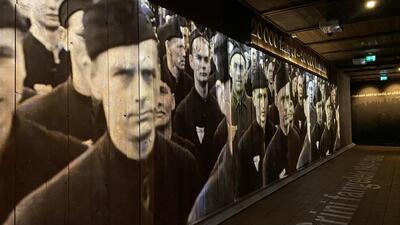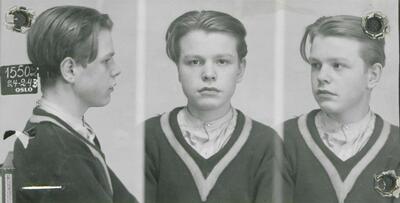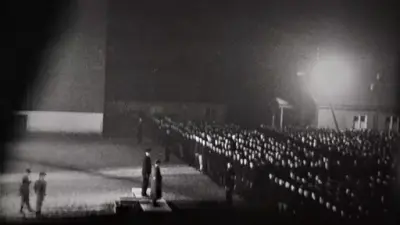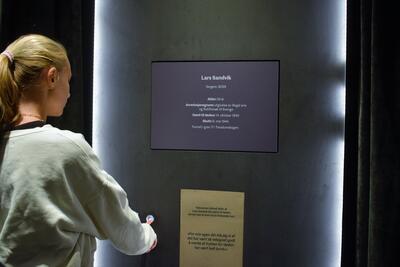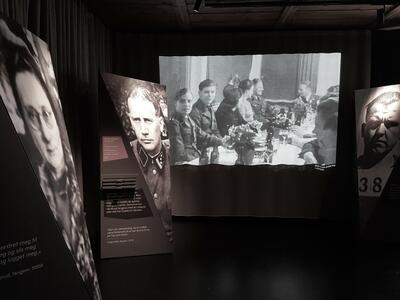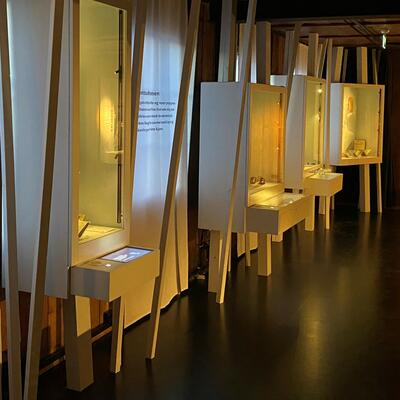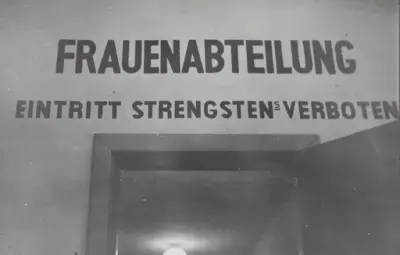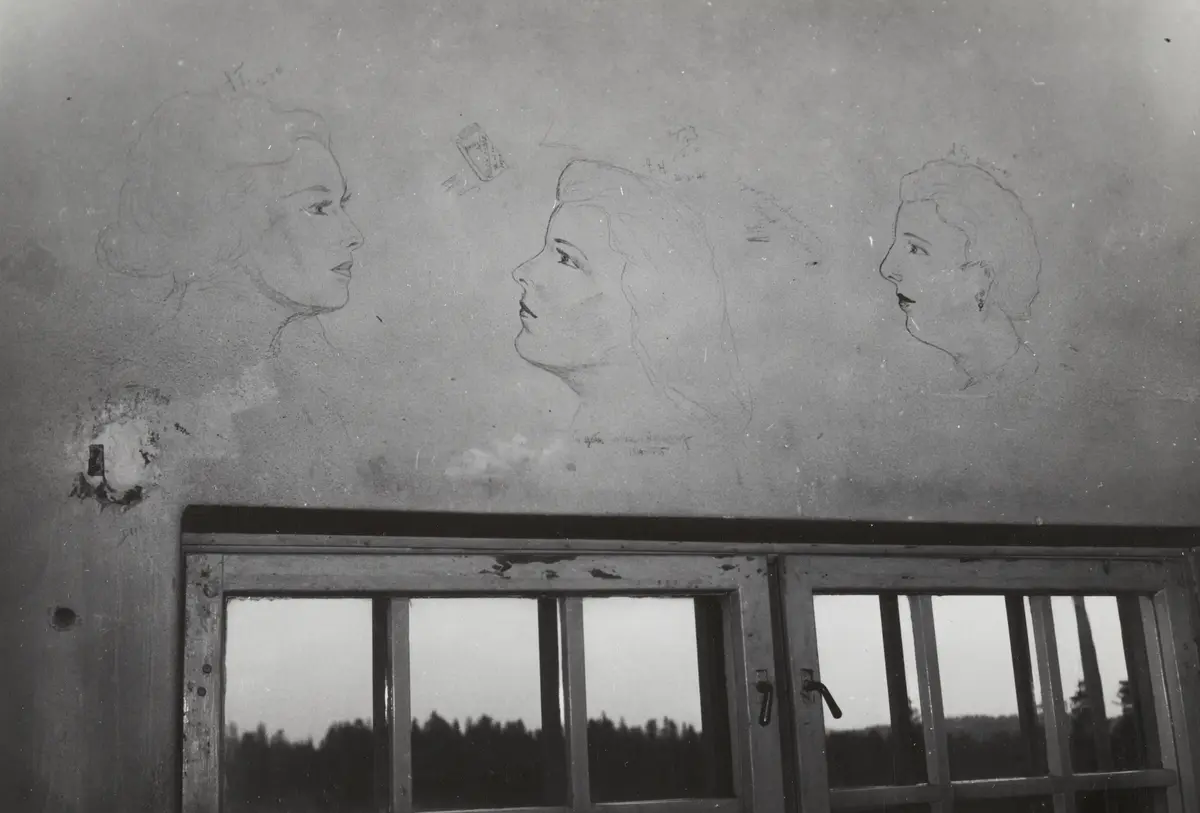
The women at Grini - Resistance, Imprisonment, Silence
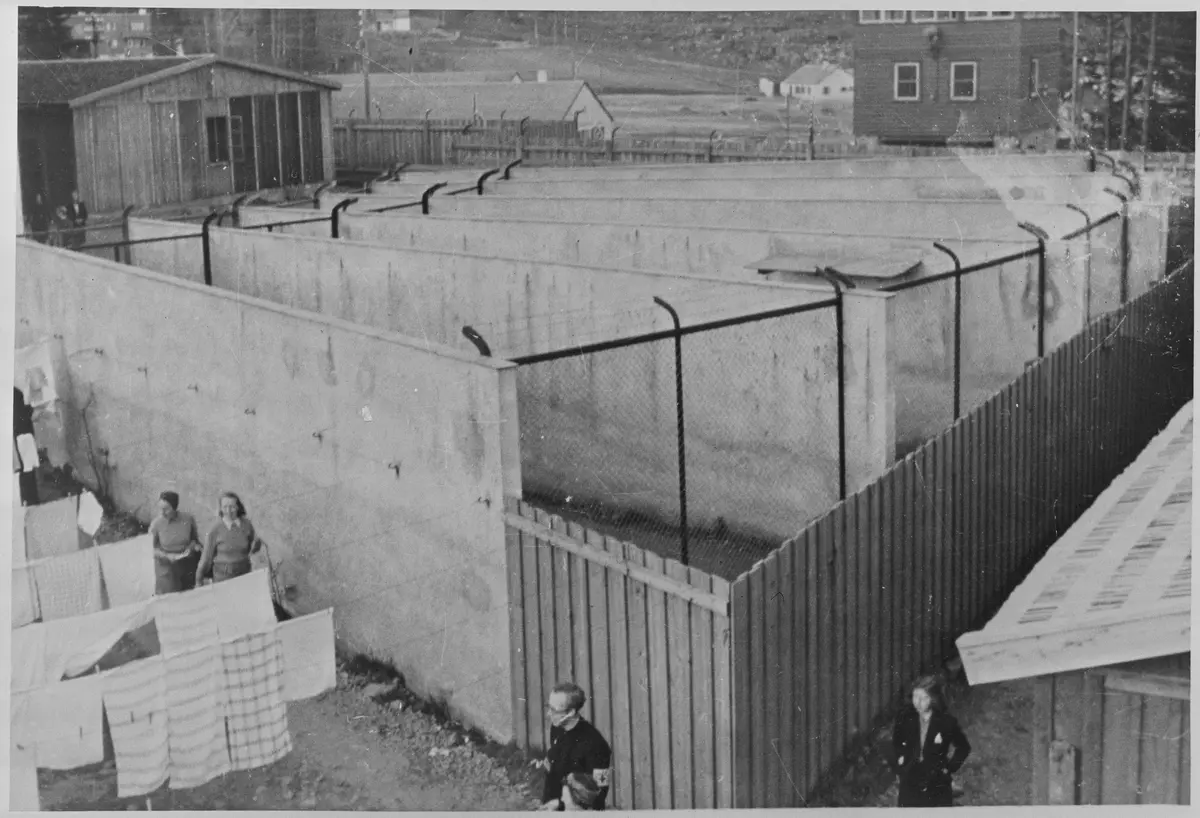
Around 2000 women were held at Grini during the war years. They were seperated from the rest of the camp in a women's section and endured extremely difficult conditions. Yet, their stories have seldom been told.
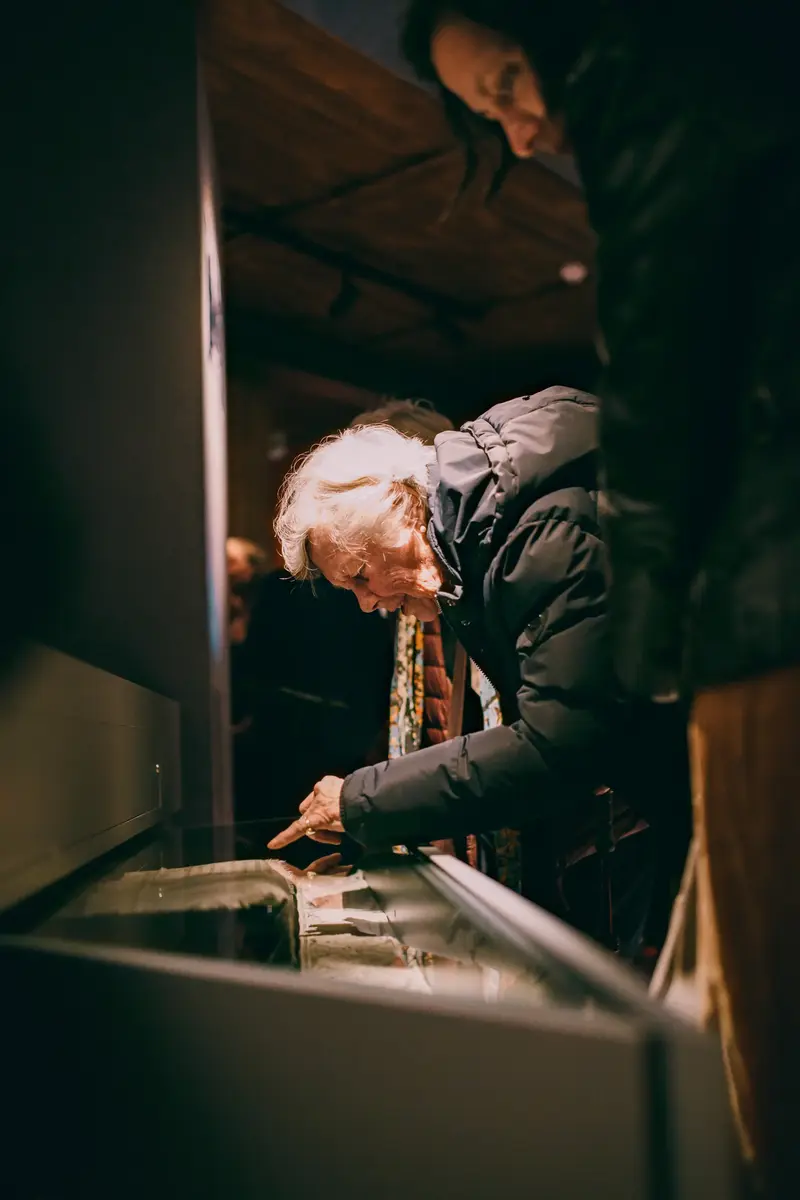
This exhibition is about the women who were arrested and imprisoned because they fought for a free Norway. About women who remained silent after the liberation and were long invisible to history.
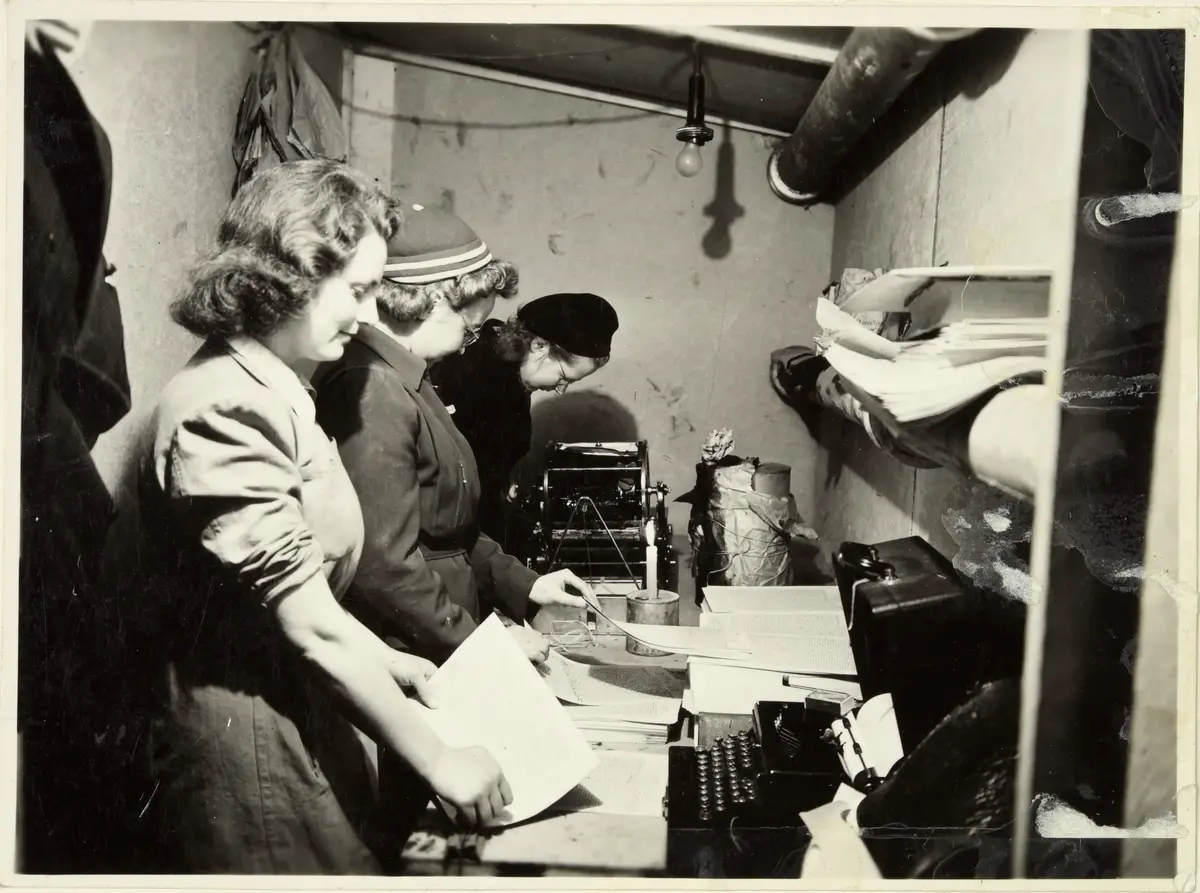
During the War
Many female prisoners at Grini were locked up for their involvement in illegal resistance work. They were of all ages, came from all over the country, and participated in all parts of the resistance work.
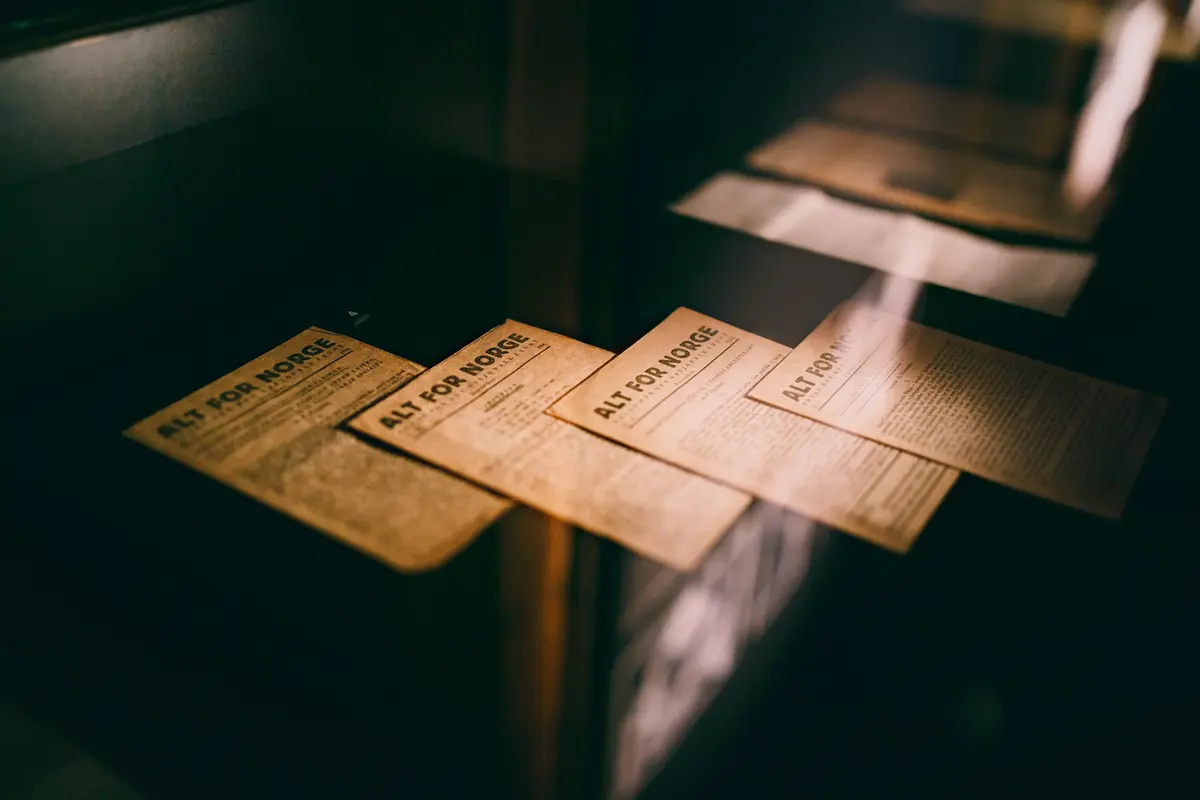
Many women participated in the production and distribution of illegal newspapers. In the exhibition you can see and read more about some of them.
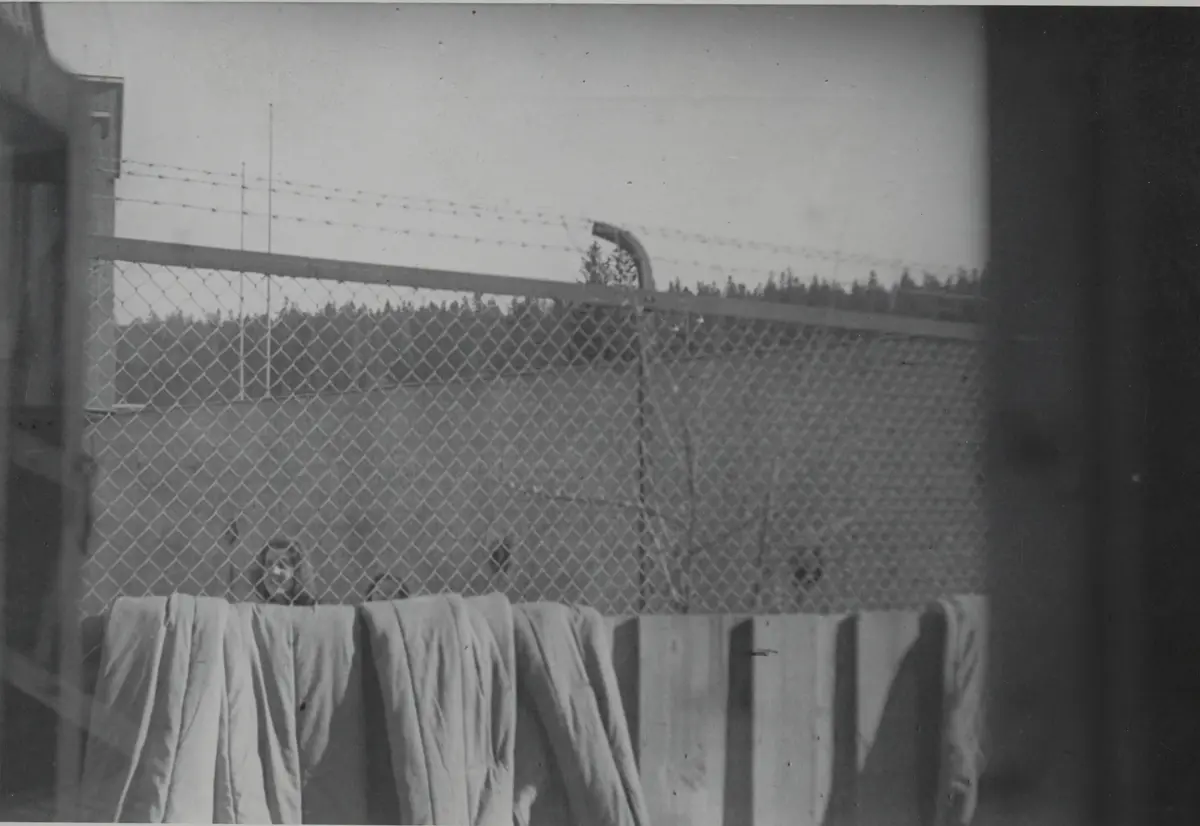
During Imprisonment
Some prisoners were kept isolated in dark solitary cells, while others shared cells with several people. The prisoners were often confined all day and all night, and it was forbidden to look out the windows.
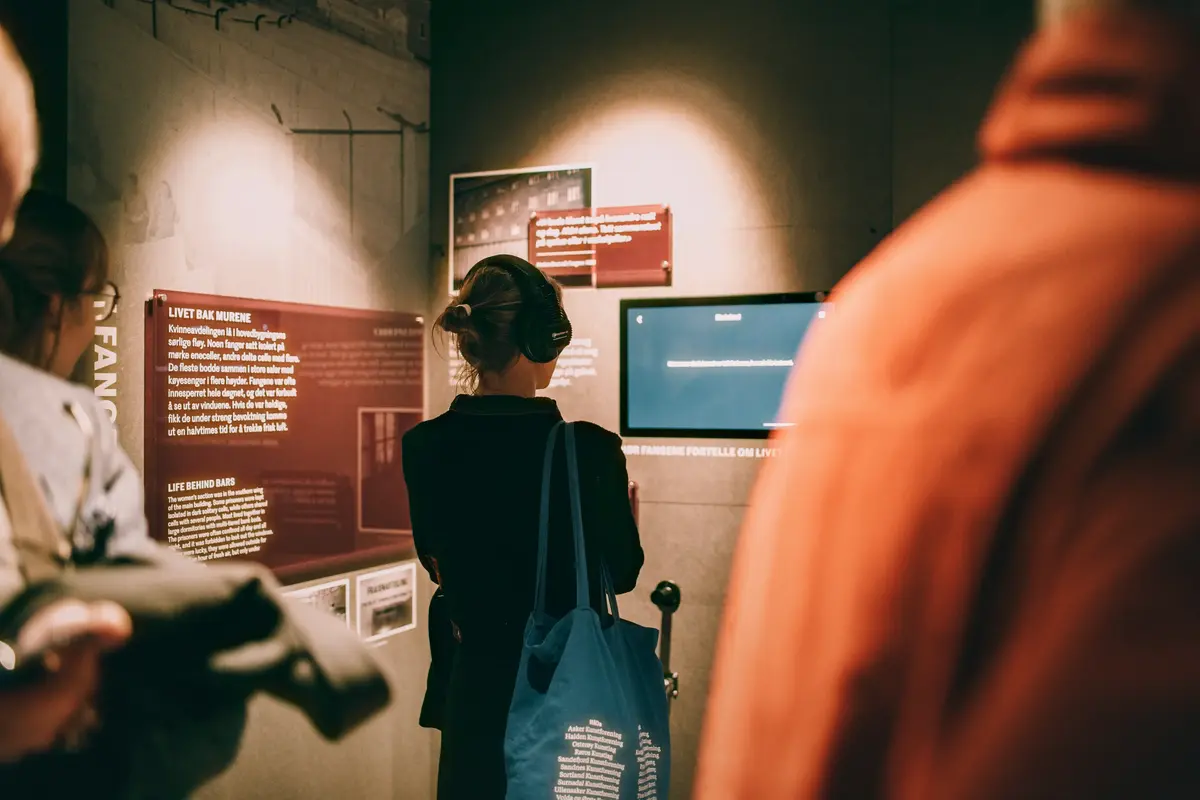
Through various audio stories, you will hear how the women themselves experienced life in the camp.
(These audio stories are not yet translated)
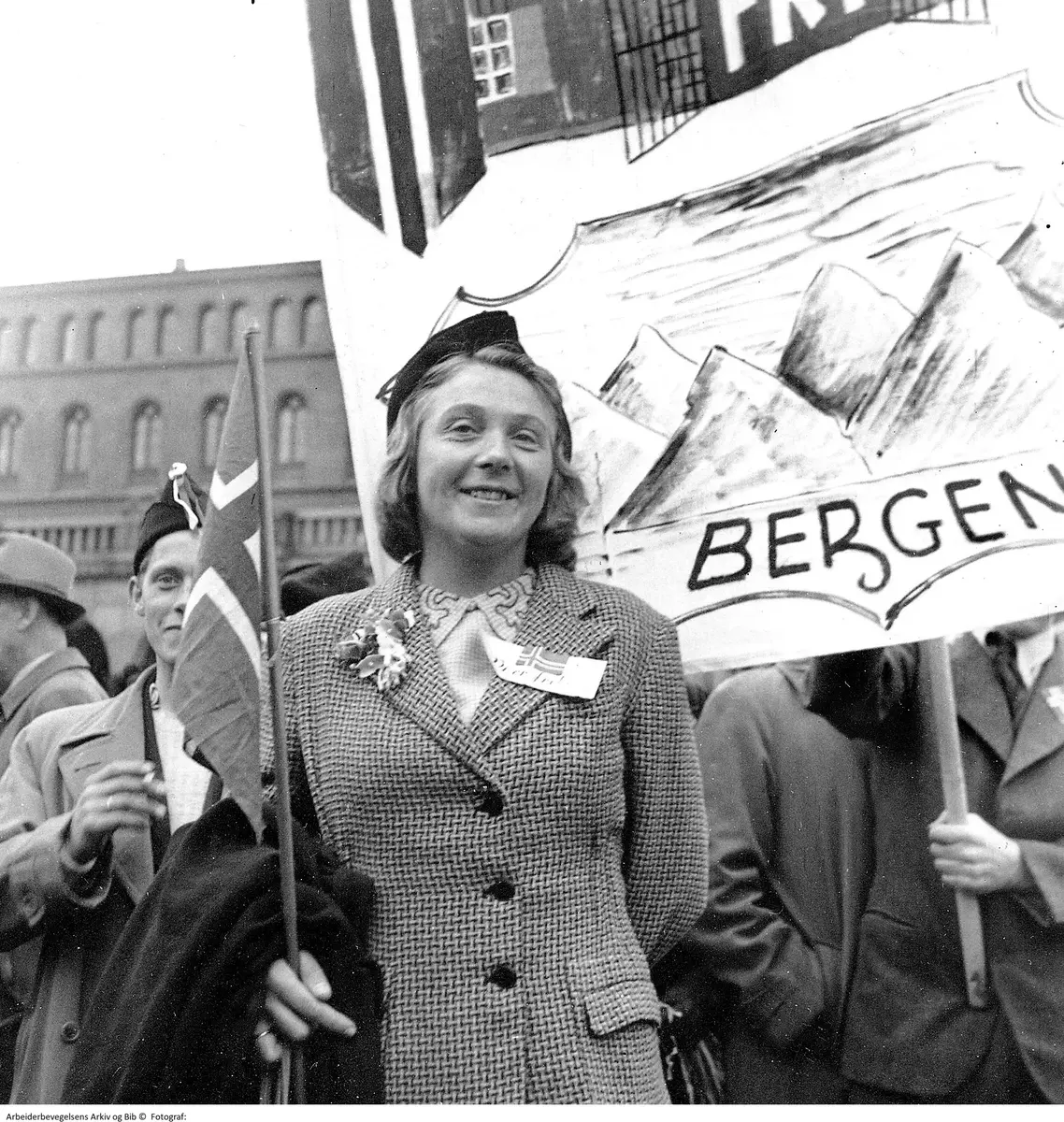
Prisoners in peacetime
When peace came, most tried to leave the war behind them and start a new life. In line with the gender roles and the housewife ideals of the time, many women chose the life of a mother and wife, taking care of children and the home. They kept silent about their contributions and experience during the war.
Why did it turn out this way?
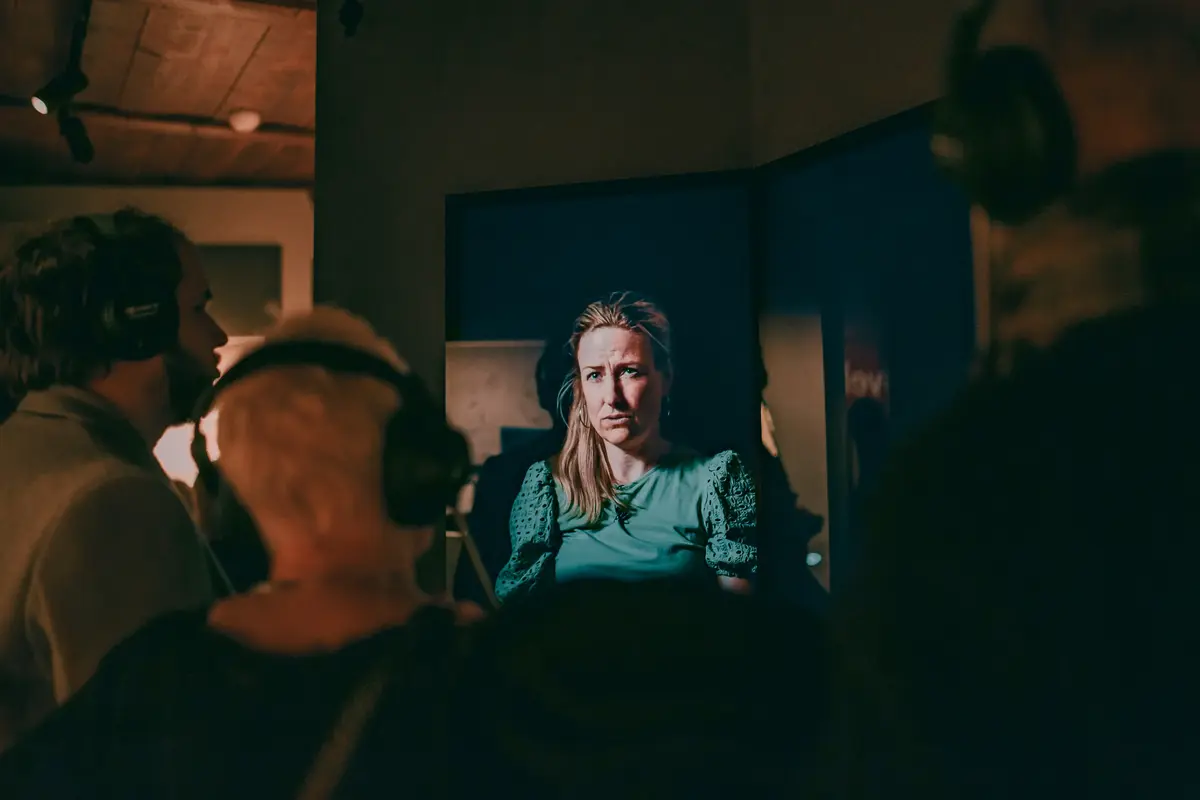
In the final part of the exhibition, you can hear descendants talk about their parents' and grandparents' experiences of war and captivity. About what the war did to them, and how their actions and stories have influenced the generations that followed (this section is subtiteled).
